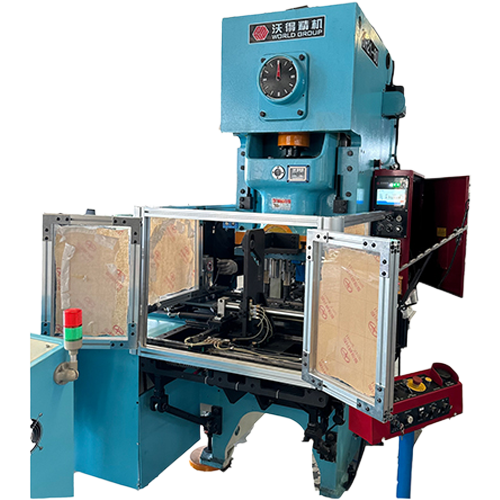Advantages and Applications of Automatic Sealing Machine
Automatic can sealing machine is usually used in automated production line and high-volume production line. Since this type of machine is modified from a drilling machine, most domestic tank sealing machines are currently large and heavy equipment. Due to its high cost, large output and high technological content, it is highly favored by large enterprises.
This automatic sealing machine is an important high-cleanliness sealing equipment suitable for all reactive nitrogen filling and milk powder packaging. It belongs to the new sealing machine design of the health product packaging industry. This machine adopts a single-head sealing structure, which is optimized and improved based on the preliminary design of the five-head sealing machine, significantly improving the utilization rate.
The can sealer achieves international levels in terms of sealing quality and mineralization activity. It fills the gap in high-speed can sealing machines for large-scale milk powder cans in China, fully meets the consumption needs of large and medium-sized enterprises, and is a first. It adopts mechatronic control and has full tank active treatment, full tank active smoking and nitrogen filling functions. All active treatments are completed in a non-purified environment.
The electric, pneumatic and other driving components adopt international advanced brands such as Schneider, Omron and Festo, with high driving accuracy and stable and reliable operation.
The automatic sealing machine can easily design and adjust process parameters according to the sealing needs of different wheel groove types of glass bottles. Through the synergistic effect of the double-locking sealing structure and the double sealing rollers, the can body flange and the can lid hook groove are twisted synchronously, forming a strictly parallel five-layer tin seam under the action of sealing pressure. The sealing wheel bears the key conditions for the flange stack and good hook-and-groove fastening, while the second sealing wheel achieves the initial connection and completes the final seal after pressurization. Symmetrical undercoating and two-character structure make the sealing quality of large tanks more stable. The system has canning capabilities and does not require steam box equipment, which reduces product costs and extends tank shelf life.
Recommended Products


 EN
EN
 中文简体
中文简体 English
English













